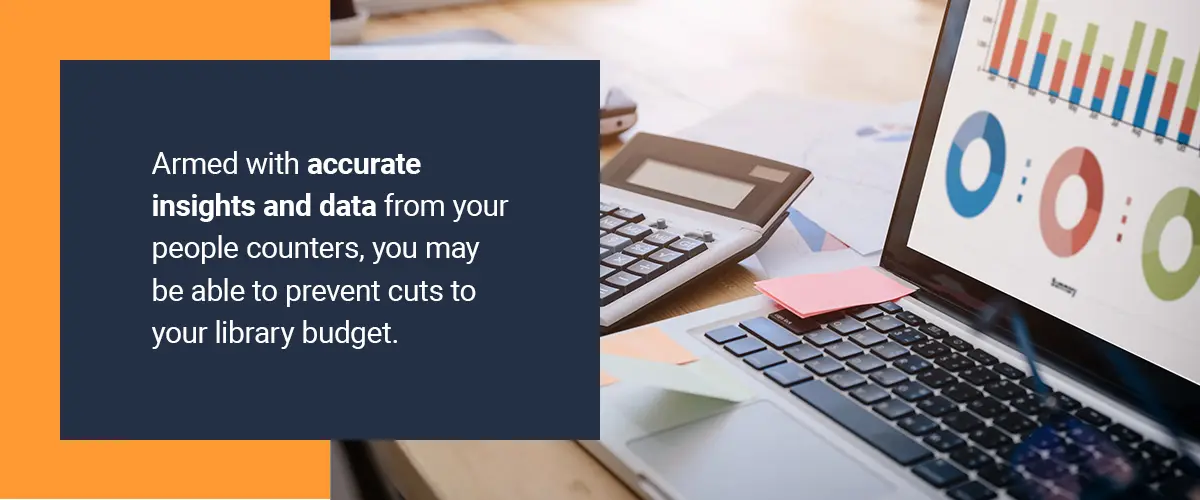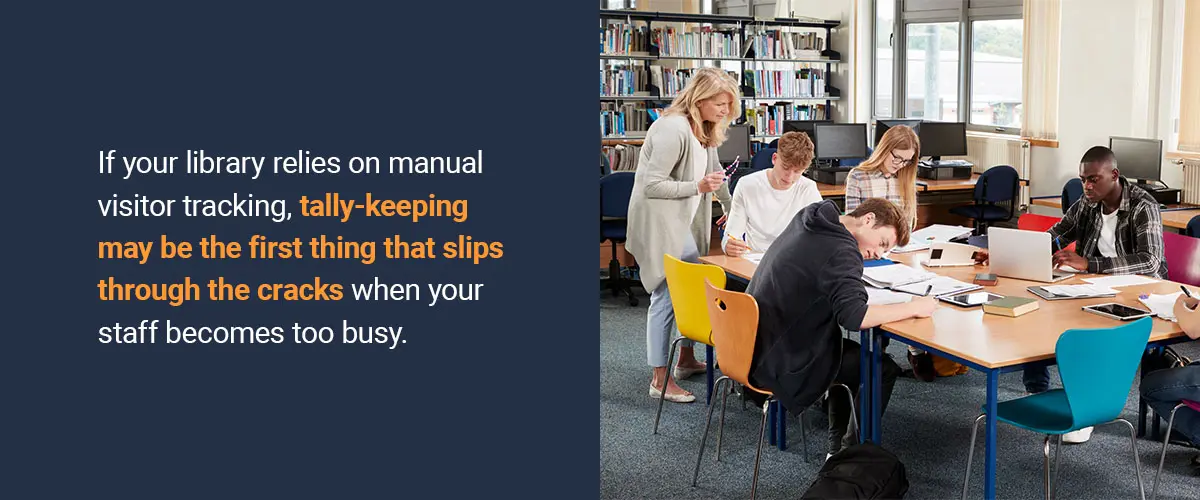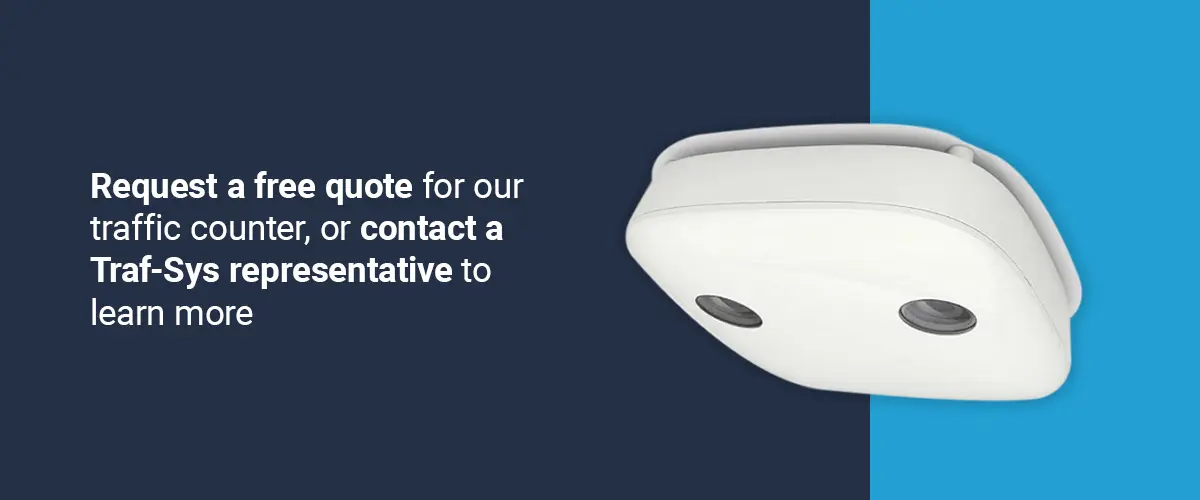
A people counting system can also help you refine your library budgeting techniques and build a better budget. This chapter covers how to develop your budget and how people counters in your library can help you stop budget cuts, provide proof of compliance and secure improvements to your facility.
Libraries use budgets to offer patrons as much as possible regarding services, programs and resources. When you carefully develop your budget, you can ensure you use your library’s funds effectively and achieve your objectives. Follow the steps below to build your budget:

Examples of budgeting methods your library can use include:
Budget cuts have affected many libraries in recent years. Public institutions and doctoral universities, in particular, have often been the most impacted by budget cuts. During periods of economic downturn, societal changes like the growth of the internet and limited capacity protocols like those associated with the pandemic, libraries often face budget cuts. Budget cuts can force you to reallocate your funds and reduce funds to specific expenditures, such as library programs or activities.
Fortunately, people counter systems can help to prevent budget cuts by showing program success and facility use. With people counters, you can:
Armed with accurate insights and data from your people counters, you may be able to prevent cuts to your library budget. Your data identifies usage patterns and periods of peak demand or low volumes of visitors. You can use hard numbers to support your library’s need for funding.

People counter systems can help your library with reporting your statistics to the state. You need to operate within budget restrictions by limiting technology use or maintaining labor percentages. You can use the data from your people counting system to provide proof of compliance with the state’s standards. Taxpayers want to know how their tax dollars are being used, and with this data, you can show your community that you are putting your funds to good use.
Standards can vary from state to state, but they are often used to determine the worth and eligibility of your library for funding. If you run a public library, failure to meet standards and remain compliant could lead to the risk of losing funding.
You can use data collected through people counting to prove your library deserves upgrades and request additional resources and labor.
An essential component of operating a library is the collection of visitor data. With this data, you can better measure marketing effectiveness, schedule staff hours and defend important funding requests. Though collecting this data is important, doing so can be challenging.
Manually counting patrons with tick sheets can be time-consuming, distract staff from more crucial tasks like helping patrons and lead to inaccurate data. If your library relies on manual visitor tracking, tally-keeping may be the first thing that slips through the cracks when your staff becomes too busy.

This is why libraries need people counter systems. If you manage a library or you’re in charge of your library’s marketing, you may want to invest in a people counter for your library. With our service at Traf-Sys, you can get the information and analysis needed regarding your people counter that you may not have otherwise. Our software helps you analyze the data in the context of your operations.
Compared to our competitors, we offer a higher level of customer service. We can assist you with implementation, provide guidance on interpreting your data and automatically flag any issues with the system. Additionally, we work with more libraries than any other people counting provider.
Benefits of choosing Traf-Sys for libraries include:
Regardless of your library’s size and budget, we have affordable solutions to provide you with the people counting capabilities you need. Our service team can help you implement a people counting system that meets your library’s specific needs. Request a free quote for our traffic counter, or contact a Traf-Sys representative to learn more about how our solutions can make a difference in how your library operates.
